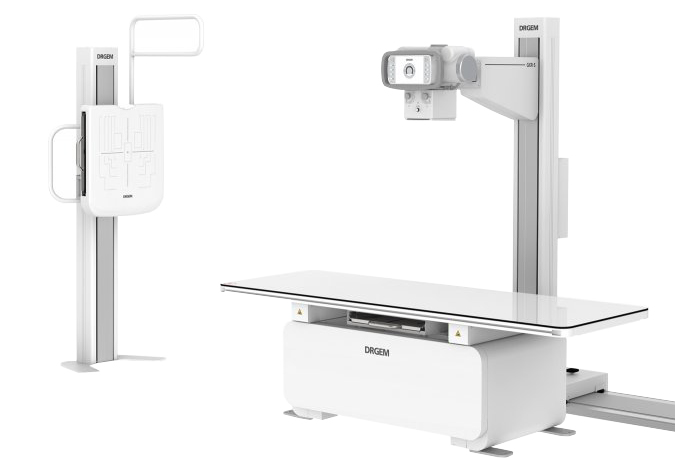Full Body Digital Radiography
What is the Full Body Digital Radiography in general?
Digital radiographs depend mainly on x-rays, which are directed to a specific part of the body for diagnosis. The waves are processed digitally by a special computer connected to the device directly. The device available in the center is a sophisticated digital device that gives a very high diagnostic accuracy.

Types of cases that are recommended to be diagnosed by Body Digital Radiography:
Digital radiography of part of the body is used in cases of diagnosing diseases such as: (tumors, general orthopedic injuries, arthritis and osteoporosis, dental decay diseases, bruises and fractures, and imaging of the digestive, urinary, and gynecological cases).
How do we do Body Digital Radiography in a way that distinguishes us from others?
The imaging procedure takes place in the radiology department and takes between 10-60 minutes, depending on the part of the body to be imaged.
- Imaging procedure does not affect dental fillings and braces.
- After the advice of the supervising doctor, and to increase the clarity of the resulting image, the patient is injected with a special substance or another substance taken orally, before imaging at a specific time determined by the supervising doctor or the treating doctor.
- The patient must take off all jewelry before imaging, as they may affect the results of imaging.
- Full imaging of the spine vertebrae.
- Imaging the limbs, and the chest in all positions.
Contrast Medium Imaging procedures include:
- Urinary Tract Imaging.
- Voiding cystourethrogram (VCUG).
- Urethrogram imaging.
- Gastrointestinal imaging.
- Barium imaging of the intestine.
- Virtual colonoscopy or colonography imaging.
- T-tube cholangiogram imaging
- Hysterosalpingography imaging to study female infertility by professional female doctors and technicians.
- External Tube Imaging.
- Distal Colostogram imaging